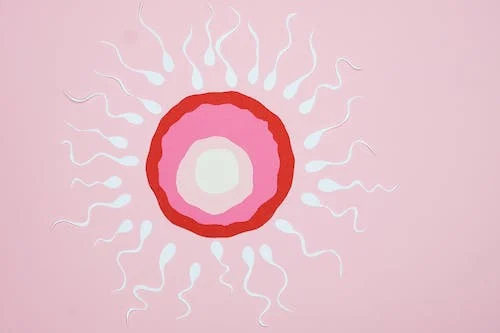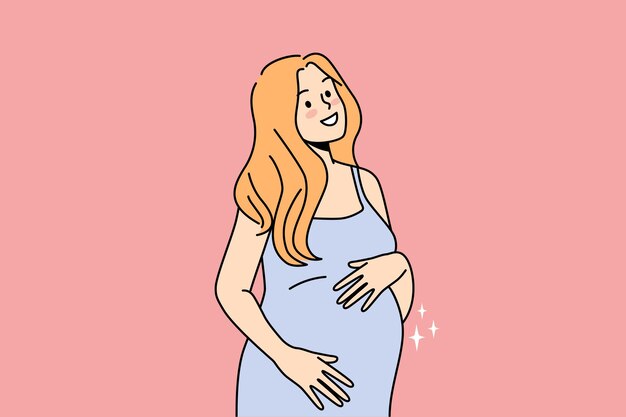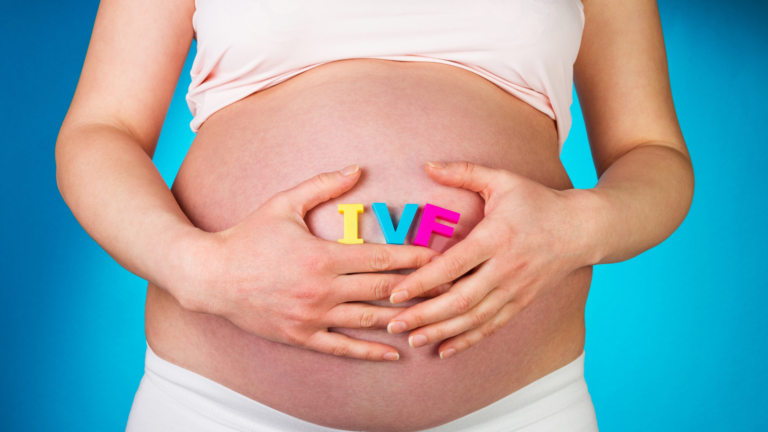Ovulating but Not Getting Pregnant
Like all aspects of life, getting pregnant and having a baby differs in different people. While some people get pregnant on their first try, others may need multiple tries, while others need special assistance before they can get pregnant. With so much information available in the fertility space, it can be challenging to know which to discard and the one that may be worth a try. The female partner may want to understand why she is ovulating but not getting pregnant.
It can be frustrating and overwhelming, especially when the couple have tried to maximize their chances of having a baby through conventional methods like frequently having intercourse during the fertile window, using tools like an ovulation tracker and test strips, among other things. It is important to know that 1 in 8 couples struggle to conceive and that it is not an isolated case.
What is Infertility?
Infertility is defined as the inability to conceive or get pregnant after a year of unprotected sexual intercourse for women who are under 35 years and six months for women who are 35 and older. After this period, it is recommended that the couple seek infertility testing and evaluation. This is because at that point, it is assumed that there is an issue that is preventing pregnancy from happening.
What are other signs of infertility?

Apart from difficulty in conceiving, the symptoms of infertility can vary from one individual to another significantly. Depending on the origin of the infertility, some women may experience pain in their pelvic area, unpredictable vaginal bleeding, skipped or irregular periods. It is crucial to let the doctor know of any of these symptoms and their duration. Some of these symptoms may represent underlying issues with the hormonal balance, which should be resolved even in women who are not trying to get pregnant.
What are the conditions that may cause infertility?
Infertility can be due to many different factors; the most common causes revolve around ovulation, structural issues in the uterus or fallopian tubes or abnormalities in the sperm. Some of the medical issues include:
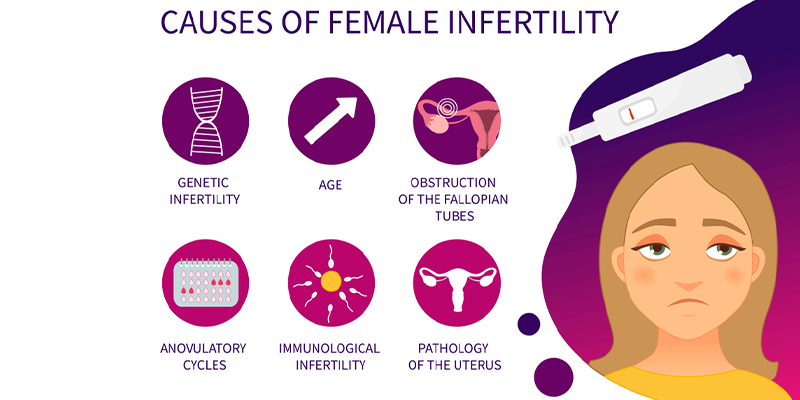
Irregular uterine shape
A uterus that is irregularly shaped can make it difficult for a fertilized egg to attach to the uterine wall. These abnormalities can be due to scar tissue from surgical procedures, infection, or uterine fibroids (noncancerous growths on the uterine wall). It can also be from the natural shape of the uterus.
Fallopian tube obstruction
The obstruction or blocking of the fallopian tube can prevent sperm from reaching the egg and fertilizing it. This is a major cause of infertility in women who are ovulating normally but not getting pregnant. The risk of fallopian tube obstruction is increased by a history of pelvic infection, endometriosis, or sexually transmitted disease.
Ovulation disorder
Some women do not ovulate consistently and regularly. Sporadic menstrual cycles could be a result of conditions like hormonal imbalance, obesity, or polycystic ovary syndrome (PCOS). Stress, excessive exercise and low body weight could also affect ovulation.
Male factor causes
This is seen in more than 30 per cent of infertility cases. In these cases, there is an issue with the sperm of the partner like low sperm count, abnormal shape or movement. Male factor infertility could arise from several reasons which include trauma, unhealthy lifestyle habits like drinking, and medical conditions like diabetes.
What about the age factor?
Age is also a major factor for women; women cannot conceive after their menstrual cycle stops. This usually happens at 40-50 years of age for women. Men however, can produce sperm throughout their lives, while women are born with a set number of eggs, which decreases as the woman ages. Women are born with a lot of eggs. They lose hundreds of thousands by the time they reach puberty, continue to lose eggs as they age, and the rate of egg loss accelerates when they get to 37 years of age. The quality of the egg also reduces as the woman ages. This can result in infertility, miscarriages, or having babies with genetic syndromes due to chromosomal abnormalities.
How does one know when they are infertile?
When an individual is having issues conceiving, they should consult an infertility specialist. They will usually schedule an infertility evaluation. This includes the following examinations:
- Physical examination
- Blood work
- Pelvic ultrasound
- Semen analysis for their partner
- Evaluation of the uterus and the fallopian tubes
It is crucial to be evaluated sooner if there are known medical conditions that can affect the uterus, ovulation, fallopian tubes, or sperm. An example can be in the case where a woman is ovulating normally but has found out that she has blocked fallopian tubes. The woman should consult a fertility specialist before trying to get pregnant.
What are some of the infertility treatment options?
Infertility is not cured, but it is treated. In many cases, the issues that cause infertility can be overcome with treatments. The doctor will then determine the treatment option to be taken depending on the results of the infertility evaluation. Some of the options include:
Taking ovulation medication
This can be through oral or injectable medications that are administered to improve the ovulation patterns, or that may encourage more than one egg to be released each month, which will increase the chances of conception occurring.
Intrauterine insemination
This procedure can be performed on its own or combined with ovulation medication. A small catheter places good-quality semen directly into the woman’s uterus. This is done to remove the need for the sperm to travel up the vaginal tract of the women, improving the chances of a large number of sperm arriving into the fallopian tube.
In vitro fertilization
In this procedure, the woman is specially stimulated so that she produces a large number of follicles. Then, the follicles are harvested, and the eggs are extracted. The eggs are then fertilized with sperm in a laboratory setting resulting in an embryo. The embryo is then grown for a few days in the lab before being implanted into the uterus of the woman. This bypasses a lot of fertilization challenges that may be present within the body.
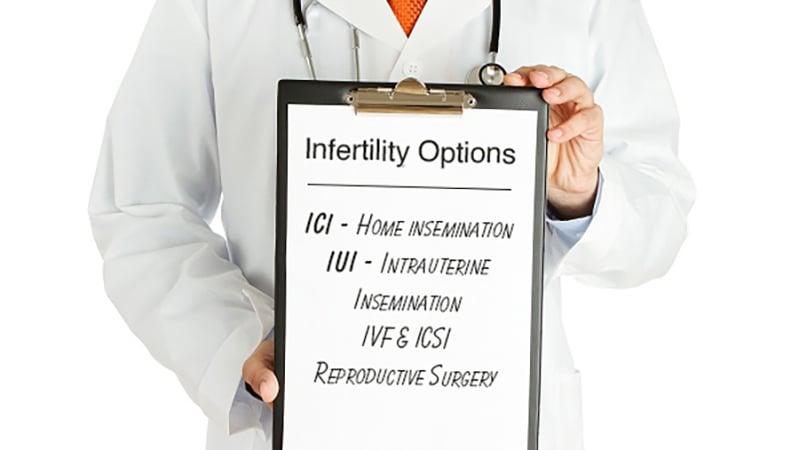
The doctor will determine the family-building option that is best for the couple. In some cases, they would need very special treatments which may not be available in their home countries. The couple could choose an overseas medical treatment for their infertility. This can be obtained via medical travel health agencies or meditour agencies. This is an example of health tourism or medical tourism.
The information provided in this blog is for educational purposes only and should not be considered as medical advice. It is not intended to replace professional medical consultation, diagnosis, or treatment. Always consult with a qualified healthcare provider before making any decisions regarding your health. Read more


